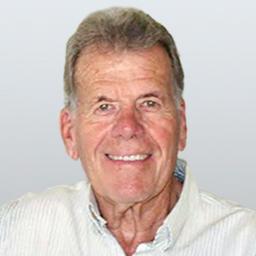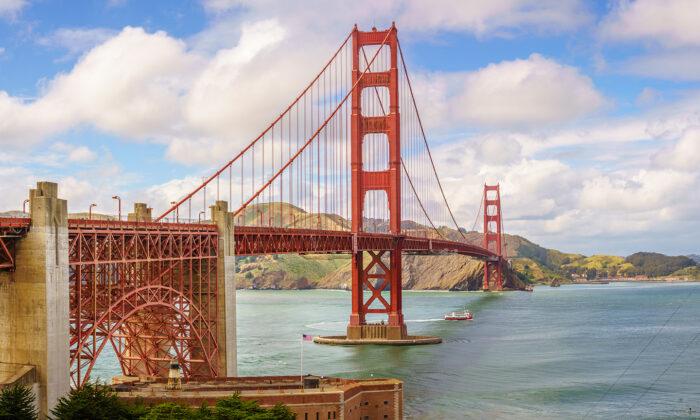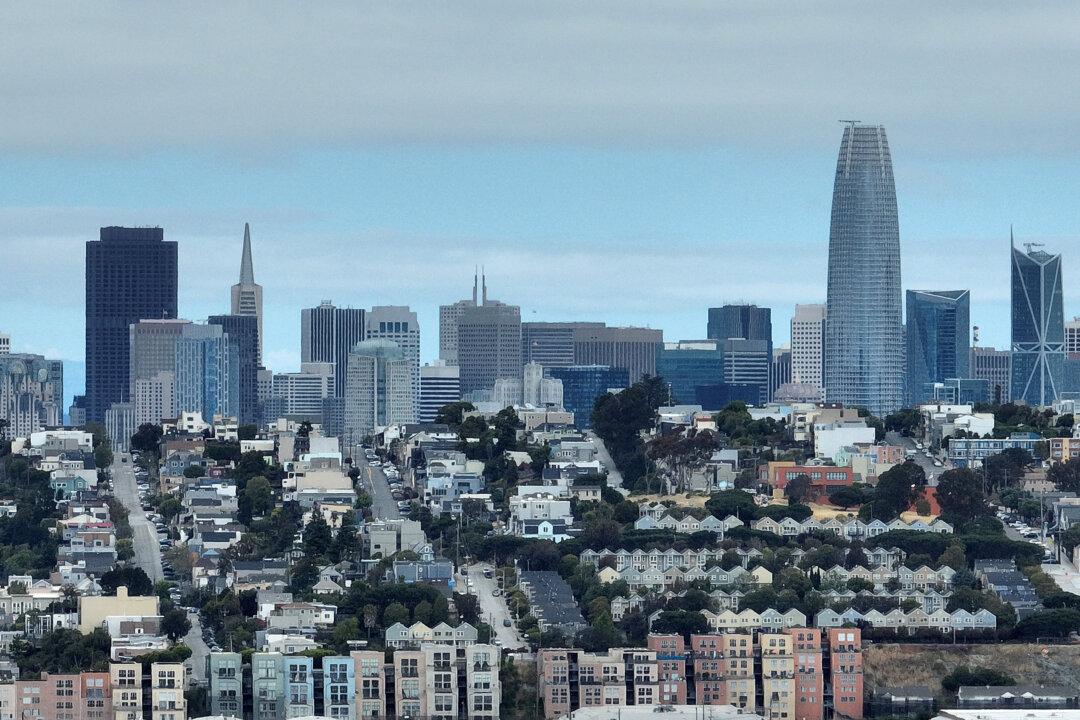High-ranking California Democrats have been pushing to accelerate the timeline for the Gov. Gavin Newsom recall election, hoping to schedule the contest before the governor potentially faces more political trouble in the fall.
On June 10, the Democratic supermajority in the legislature provided the governor with a more favorable recall election date by announcing that the state—not the counties—will foot the $215 million costs of the recall, and therefore the cost analysis period that is normally required on behalf of the counties in such elections is eliminated. How is that for a power move?
What was previously anticipated as a recall election sometime in late October or early November—during the peak of wildfire season—now could be scheduled for as early as late August or early September.
Recently, there have been a slew of commercials and carefully crafted news releases all touting the wonderful things that our governor has achieved during his well-orchestrated time in office. This, of course, was all backed up by a recent whirlwind tour of the state wherein he promised $600 stimulus checks to all in need, rewards for those who take the vaccines, a magical end to homelessness (which his own policies have exacerbated), a questionable California “budget surplus” that will allow him to cure all of the state’s problems, etc., etc.
You know the drill; it’s the kind of rhetoric that has 40 percent of Californians fed up with his “All Hat No Cattle” type of governance. It takes a lot of brass to push these narratives upon a public that is just beginning to recover from one of the worst economic disasters in our state’s history thanks to the pandemic and the visible deterioration of our quality of life due to incompetent management.
Newsom is going all out to make the public think he is unbeatable, that the recall is nothing but a Trump-inspired right-wing effort to oust him, and thus the spin goes on. Nevertheless, reality can sometimes throw a wrench into the best-laid plans, or in this case, propaganda campaign.
In essence, an investigation by CapRadio and NPR’s California Newsroom found that the governor had grossly misrepresented his accomplishments and even disinvested in wildfire prevention by slashing $150 million from CalFire’s 2020 budget. The investigation found that Newsom had overstated by 690 percent the number of acres that had been treated with fuel breaks and prescribed burns in the forestry projects he said had to be prioritized in order to protect the most vulnerable communities.
According to the CapRadio article, Newsom claimed that his executive orders had resulted in fire prevention work on 90,000 acres, but state data shows that the actual number was only 11,399 acres.
Most all wildfire experts say the state has done nowhere near enough to be prepared for the 2021 wildfire season.
The report goes on to say that 4.3 million acres burned in 2020, a record in California’s history. It was more than twice the previous record, which was set in 2018 when a fire destroyed the town of Paradise and killed 85 people.
I urge all to read these most informative and factual articles. It really shows you how the public can be misled into believing that one course of action is being pursued when in reality just the opposite is happening.
This year, according to the CapRadio report, the fire season is threatening to be even more dangerous than last year’s, as most of California is in extreme or exceptional drought and the state has suffered a record heat wave.
To make the problem worse, approximately 70 percent of the trained hand crews made up of volunteer minimum security prisoners are no longer available, thanks to Newsom’s prisoner release program.
CalFire operated 196 hand crews housed in 39 conservation camps throughout the state. Each crew was made up of 15 to 17 volunteer minimum security firefighting inmates who volunteered for time credit and a level of pay and were wards from the California Department of Corrections and Rehabilitation (CDCR).
These fire crews were directly supervised by CalFire and acted as the infantry of the department’s firefighting “ground attack” resources. Their primary function was to construct fire lines by hand in areas where heavy machinery could not be used because of steep topography, rocky terrain, or areas that may be considered environmentally sensitive.
As such, they were a critical and vital resource in fire suppression.
Most political analysts see the advancement of the governor’s recall election as a victory for Newsom because COVID is subsiding, no Democrat of celebrity status has filed, and they believe the public has a short memory.
But given the unusually early wildfire season, could Newsom have inadvertently placed himself in the middle of a different crisis? One which voters will likely blame on his mismanagement if the recall happens during what appears to be an early and once again unprepared fire season?
Gray Davis was recalled because of his handling of rolling blackouts. Could a second year in a row of record wildfires animate negative voter sentiment against Newsom?
A good governor is a steward of public trust, someone who protects the people and puts the people’s welfare in front of their own personal ambitions. And if voters judge Newsom by that standard, he will do poorly.





